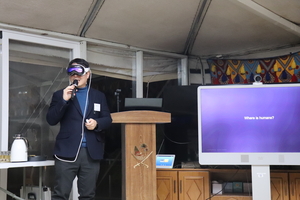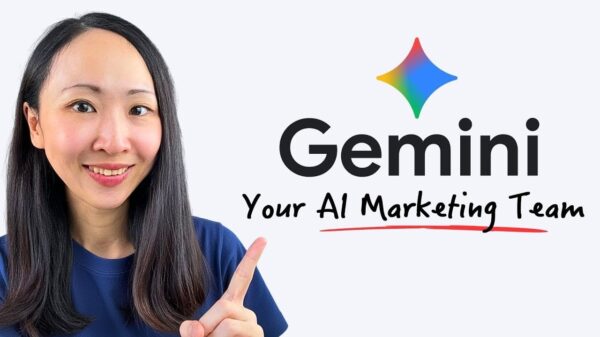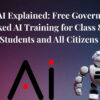In 2025, the concept of vibe coding transcended mere internet meme status to become a significant movement in the tech landscape. Non-developers began launching apps almost overnight, while solopreneurs found themselves engrossed in long sessions fueled by the excitement of “just one more prompt.” Engineers shared their “mind blown” experiences as the rapid pace of innovation surged.
While vibe coding brought undeniable energy, it also led to chaotic outputs, often resulting in what could be described as AI-assisted spaghetti code. Yet, this phenomenon democratized the creation of software, inviting many who had never before interacted with a compiler to explore their imaginative potential.
However, inspiration alone is not sufficient; a systematic approach is essential for tangible production. Studies often indicate that AI coding tools can boost productivity by around 20%. This modest figure reflects a reality where many teams merely overlay AI on existing workflows, continuing to code as they did before the advent of AI, albeit with enhanced autocomplete features.
Addressing the Limitations of Vibe Coding
Conversely, some individuals have mastered a structured approach, utilizing fleets of agents to tackle complex problems. For instance, one engineer reported processing 3.5 billion tokens in a month, frequently running four agents simultaneously. By adopting a disciplined framework, their team’s output doubled over several months.
The AI-First Engineering Paradigm
Similar to the early 2000s introduction of agile methodologies, AI-first engineering functions as a cohesive system rather than a set of isolated tricks. The core practices include:
- Spec-Driven Development (SDD): This involves a three-step breakdown of work: starting with a high-level specification, progressing to a technical spec with real interfaces rather than pseudocode, and concluding with a detailed execution plan. In this process, human oversight remains crucial. For example, to integrate Google Calendar into an app, one might prompt an agent to draft product requirements, which would then be reviewed and refined before moving on to technical specifications.
- Self-Verification: This capability significantly enhances coding agents beyond early iterations of models like GPT. When prompted effectively, these agents can test their outputs and correct errors autonomously. Prior to deploying coding agents, it’s beneficial to have them create documentation for reference and improve telemetry to facilitate debugging.
- Test-Driven Development (TDD): Rather than asking agents to write code directly, initiating the process with test creation allows agents to enhance their self-verification abilities.
- Keep It Simple (KISS): A complex repository can hinder both human and AI performance. Simplifying the architecture is vital for enhancing effectiveness.
Together, these practices form a robust system capable of transforming the initial chaos of vibe coding into productive outcomes.
The Role of Infrastructure in AI Development
Tools such as Claude Code and Codex are redefining the developer experience. However, without proper orchestration, these tools can lead to fragmented operations characterized by duplicated configurations and lost context. This is where platforms like Zencoder come into play, providing a user interface and orchestration layer that integrates various AI subscriptions into a cohesive workflow. Instead of choosing between models like ChatGPT, Claude, or Gemini, users can seamlessly incorporate them into a unified process.
As we move beyond the initial hype of vibe coding, the best teams are now achieving doubled productivity. However, this requires a unique blend of skilled engineers, AI-first methodologies, access to cutting-edge models, and well-structured repositories that agents can easily navigate. The journey towards achieving 10x productivity lies in deploying agent swarms capable of self-verification, enabling autonomous operations that multiply parallel executions and democratize access to enterprise-level inference through standard subscriptions.
Vibe coding sparked enthusiasm; now, AI-first engineering serves as the mechanism to channel that creativity into tangible results. If history serves as any guide, the improvements we’re witnessing today may only be the precursor to far more significant advancements in software development.
 Micron Technology Sees 188% Stock Surge, Positioning as Key AI Infrastructure Player
Micron Technology Sees 188% Stock Surge, Positioning as Key AI Infrastructure Player Multi-Model MLOps Infrastructure Enhances AI Deployment Efficiency and Cost Savings
Multi-Model MLOps Infrastructure Enhances AI Deployment Efficiency and Cost Savings Zebra Technologies Introduces AI-Driven RFID Solutions Amidst Declining Retail Satisfaction
Zebra Technologies Introduces AI-Driven RFID Solutions Amidst Declining Retail Satisfaction OpenAI and Foxconn Collaborate to Build Next-Gen AI Infrastructure in U.S.
OpenAI and Foxconn Collaborate to Build Next-Gen AI Infrastructure in U.S. UAE Unveils $1 Billion ‘AI for Development’ Initiative to Boost Africa’s Tech Infrastructure
UAE Unveils $1 Billion ‘AI for Development’ Initiative to Boost Africa’s Tech Infrastructure









































































